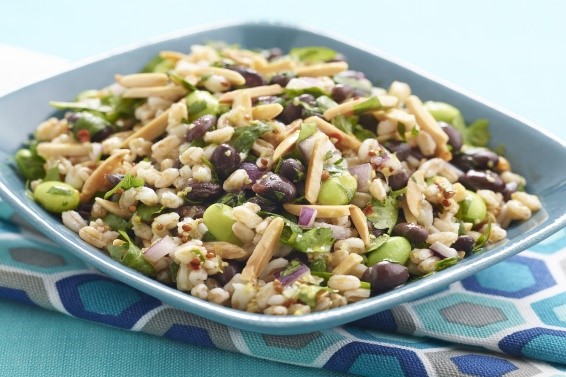For four years running, the Mediterranean Diet has been crowned the Best Overall Diet by U.S. News and World Reports – and for good reason. Its healthy dietary approach is easy to follow and enjoyable, with its emphasis on fresh fruit and vegetables, whole grains, nuts like almonds, seeds, beans and legumes, small portions of animal protein and fish, an optional glass (4 ounces) of red wine, and of course extra virgin olive oil. Numerous studies suggest health benefits associated with eating the Med way, including this recent research study published in the journal Nutrients that examined its potential against type 2 diabetes, heart disease and even some cancers.
While food is a key component of the Mediterranean diet, other tenets associated with it are sometimes overlooked. One of the core principles of the Med Diet that makes it sustainable and enjoyable is eating together. Did you know that the Med Diet is awarded UNESCO status as an “Intangible Cultural Heritage”? UNESCO cites this reasoning for such special distinction: “Eating together is the foundation of the cultural identity and continuity of communities throughout the Mediterranean basin. It is a moment of social exchange and communication, an affirmation and renewal of family, group or community identity. The Mediterranean diet emphasizes values of hospitality, neighborliness, intercultural dialogue and creativity, and a way of life guided by respect for diversity.”
Social support wherever you live is an important component of any healthy life-long approach to good nutrition. As we all know, eating with others outside our immediate households has not been advised to limit the spread of COVID-19, but with warmer weather, more outdoor eating with others is possible. And, the Med Diet works perfectly for bringing people together safely to dine al fresco.
Read on for ideas to promote foods to enjoy as part of the Med Diet approach to all of your shoppers during May and beyond. You’ll find a delicious grain-based salad, handouts on the Med Diet and skin health for you to download, talking points and copy to use in your store materials and appearances, and a summary of a recent study that investigated the effect of almonds on wrinkles and skin pigmentation!

